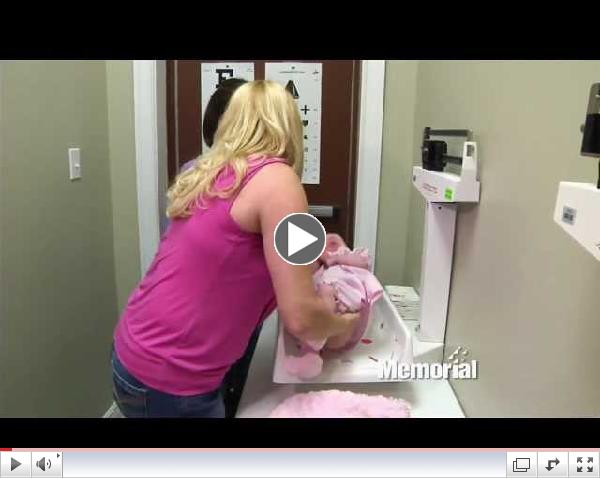Percutaneous trigger thumb release in children.
| |
Percutaneous trigger finger release allows for the opening of the tendon sheath by using a simple needle device which opens the sheath allowing the tendon to glide without "catching" or "pain". It is a minor, in-office procedure under local anesthesia requiring minimal/no follow up. It has been used extensively in adults.
A study involved 20 consecutive pediatric trigger thumbs scheduled for surgical release, first received percutaneous release followed by open release.
Percutaneous release of trigger thumbs in children is NOT recommended because of iatrogenic neurovascular injury and incomplete improvement of the A1 pulley release mechanism.
Journal of Orthopedics
|
|
Preconception low-dose aspirin & pregnancy outcomes.
| |
"It has been hypothesized that aspirin therapy might increase conception rate by increasing blood flow to the uterus".
A multi-center, block randomized, double-blind, placebo controlled trial of 1228 women (18-40 years of age) who had at least one pregnancy loss (during the previous year) before 20 weeks gestation, evaluated live birth rates in those who received either preconception-initiated daily low-dose aspirin (81mg/day) plus folic acid or a placebo. Low-dose aspirin appears to achieve a higher birth rate in women with a single fetal loss during the previous year (at < 20 weeks gestation), however it does NOT appear to be of value following 1-2 previous loses. The Lancet |
|
|
Download, print and pin this information on your office wall.
-This is a "Must Have" (Ed.)
|
|
Updates in Pediatrics is brought to you by:
| |
|
Underwriting Opportunities
|
With a circulation of over 5,000, Updates in Pediatrics offers an excellent opportunity to promote your brand at affordable rates.
|
|
The value of ultrasonography (US) in boys with a non-palpable testis.
The testis in boys with a non-palpable testis (NPT) on clinical examination, is usually assumed to be hypoplastic/absent or positioned intra-abdominally. Diagnostic laparoscopy is frequently chosen as the first diagnostic test to be utilized.
A study of 117 NPT's (in 96 boys <17 years of age) who had clinical ultrasonographic and operative findings available, indicates that US will detect 91% of inguinally located testes and 67% of intra-abdominal ones. An US examination of the inguinal region may prevent many unnecessary diagnostic laparoscopies.
Journal of Pediatric Surgery
|
Video Feature
 | | Respiratory Syncytial Virus (RSV) |
via YouTube
|
Childhood respiratory morbidity after severe lower respiratory tract infection (LRTI) in early childhood.
During the first 10 years of life infants (<2 years of age) who have been hospitalized for a LRTI have an almost 2-fold increased likelihood of childhood chronic respiratory morbidity.
Journal of Pediatrics
|
Optimal oxygen saturation targets for the very preterm infant.
Previous clinical trials of oxygen therapy in the preterm infant appear to indicate that targeting higher saturations (90-95%) improves preterm survival rates, however are associated with increased morbidity (retinopathy of prematurity and bronchopulmonary dysplasia). The COT trial, which targeted lower oxygen saturation (85-90%), indicates the potential of increased mortality risk (however may be safe with strict alarm limits) with less co-morbidity.
A study (BOOST II) of 340 infants randomized to receive a lower or higher oxygen saturation target from <24 hours of age until 36 weeks gestation, and neurodevelopmentally assessed at 2 years corrected age, indicates no differences in either disability or mortality. (However as there are significant differences in the studies undertaken to date, more data may be required before significant changes in therapeutic approaches are made).
Journal of Pediatrics
|
Long-term neurologic outcomes following hypothermically treated perinatal asphyxia.
Asphyxial encephalopathy managed with total body hypothermia (TOBY Trial) improves neurologic outcomes at 18 months of age. Longer term benefits have not been established.
A study of 325 newborns with asphyxial encephalopathy (born at 36 weeks gestation) who received either total body hypothermia or standard care, indicates that at 6-7 years of age more children in the hypothermia treated group survive without neurologic abnormalities, have a decreased risk of cerebral palsy/moderate or severe disability, and achieve better overall motor-function.
New England Journal of Medicine
|
Pearl of the Week
The moment of enlightenment is when a person's dreams of possibilities become images of probabilities. -Vic Braden
________________________
|
|
|